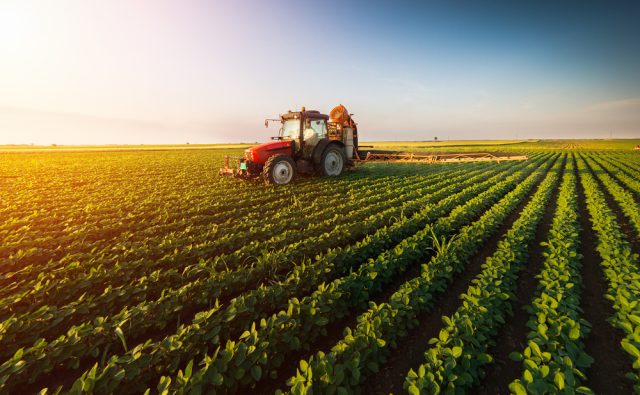
In the European economic panorama of 2023, Italy has achieved an important position in terms of agricultural added value, according to the latest report published by Istat.
This result underlines the importance and competitiveness of the Italian agricultural sector within the European Union, highlighting constant growth and a strong ability to create value. The overall value of agricultural production in the EU27 in 2023 was €537 billion, a figure which remained essentially unchanged compared to the previous year. Within this context, member countries have shown different dynamics. Portugal and Romania recorded the largest increases in the value of production, while Denmark and Poland suffered the most significant declines.
France confirms itself as the leader in Europe for agricultural production, with a value of 96 billion euros, representing approximately 18% of the EU27 total. Germany follows with 76.6 billion euros (14.3%), Italy with 71.9 billion euros (13.4%), Spain with 65.5 billion euros (12.2%), Poland with 39.5 billion euros (7.3%) and the Netherlands with 36.7 billion euros (6.8%).
These data underline how agriculture continues to be a crucial economic sector for many European countries, not only for the economic value it generates, but also for its ability to support employment and contribute to food security.
Agricultural added value in Europe
In 2023, EU27 agricultural added value reached 225.6 billion euros, an increase of 2.1% compared to 2022. France remains in the lead with an added value of 39.2 billion euros, equal to 17.4% of the EU27 total. However, Italy has significantly reduced the gap, reaching an added value of 38.2 billion euros, 16.9% of the European total. Spain, with 33.2 billion euros (14.7% of the EU), overtook Germany, which stood at 31.1 billion euros (13.8% of the EU).
The role of Italy in the European agricultural context
Italy, with its 13.4% of the total value of European agricultural production and 16.9% of added value, confirms its strategic importance in the EU agricultural landscape. These data reflect not only the quantity of production, but also the ability of the Italian agricultural sector to generate value through innovation, quality and sustainability.
Factors that contribute to the success of Italian agriculture
Crop diversification:
Italy is renowned for the diversity of its crops, which range from cereals to specialized crops such as wine, olive oil, fruit and vegetables. This diversification helps mitigate risks associated with market fluctuations and adverse weather conditions.
Quality and tradition:
Products such as wine, cheese, and Italian olive oil are famous throughout the world for their quality and centuries-old traditions. The “Made in Italy” brand represents a significant added value that contributes to maintaining high international demand.
Innovation and sustainability:
Italian agriculture has invested significantly in innovative technologies and sustainable agricultural practices. This not only improves productivity, but also the environmental sustainability of the sector.
Support policies:
National and European agricultural policies have played a crucial role in supporting Italian farmers, through subsidies, rural development programs and protective measures against market crises.
Future challenges and opportunities
Despite its successes, the Italian agricultural sector faces several challenges, including climate change, the volatility of agricultural product prices and the need to continue to innovate to maintain competitiveness. However, these challenges also represent opportunities to further improve the sustainability and efficiency of the sector.
The Istat report confirms that Italy is at the top of European agriculture, not only in terms of production value but also for the added value created. This success is the result of a combination of factors ranging from crop diversification to product quality, from innovation to sustainability. Looking to the future, Italian agriculture has the potential to continue to grow and strengthen its leading position in Europe, successfully facing the challenges and seizing the opportunities that will arise.



 Subscribe
Subscribe